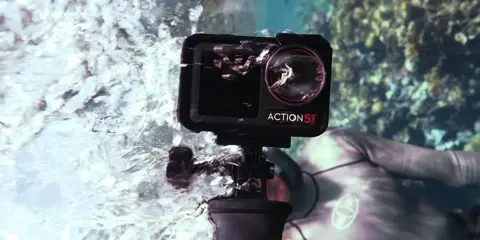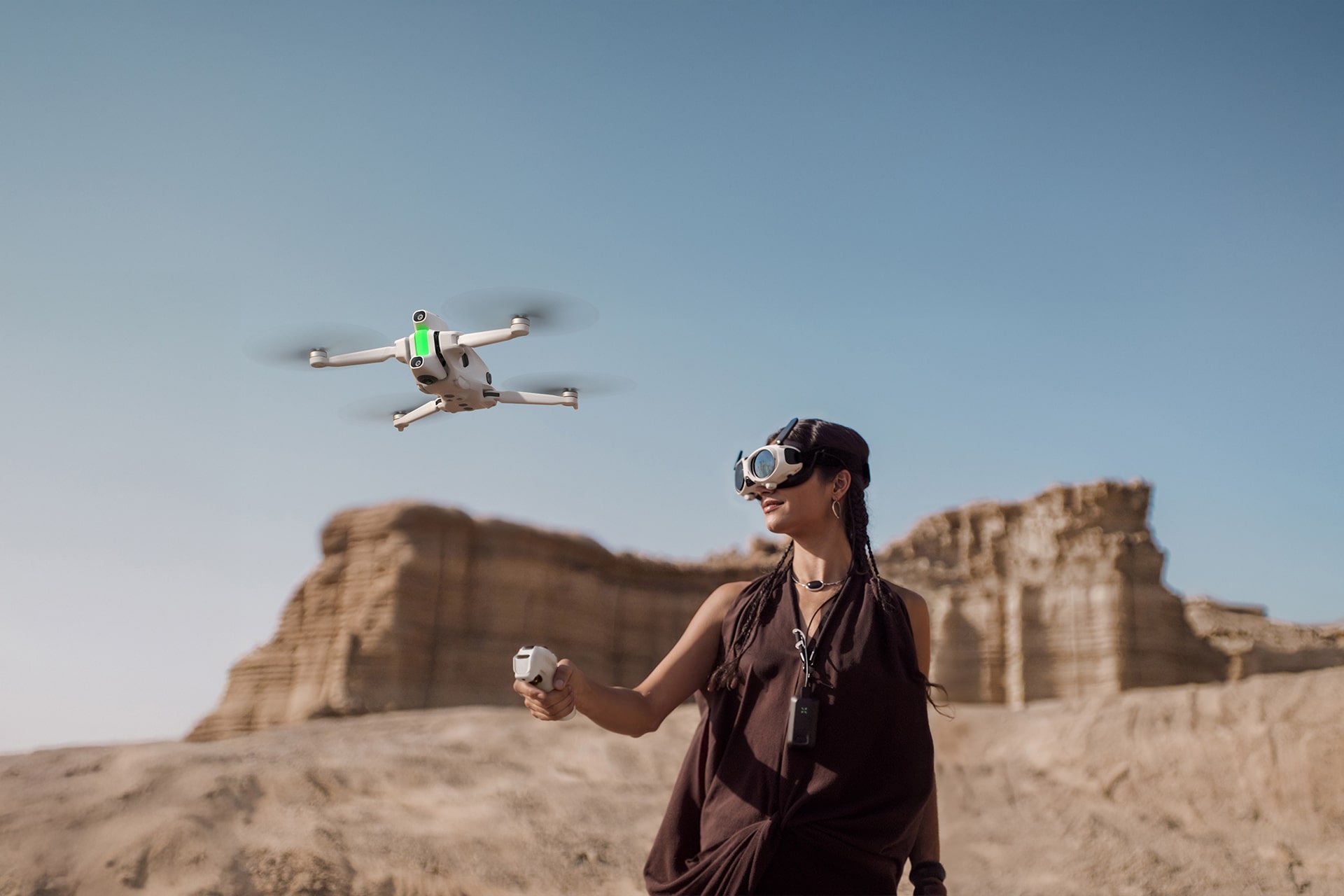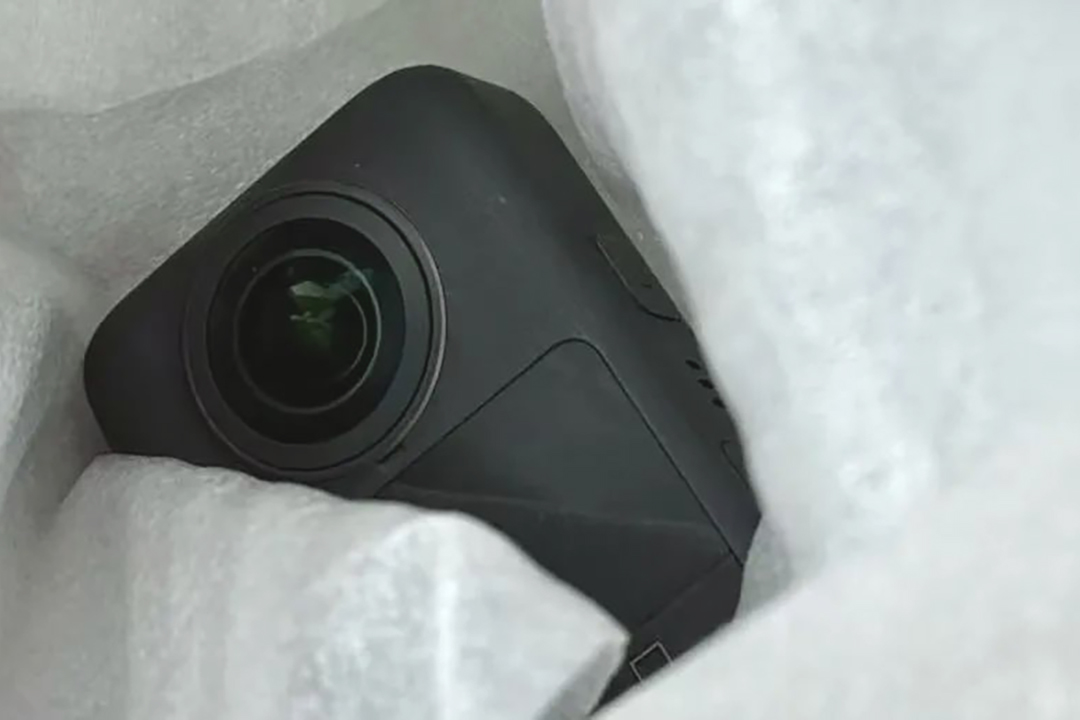In the tech world, there is a curious phenomenon: when a company achieves extraordinary success, its name stops being just an identity and becomes part of everyday language. Google and Taobao became verbs. DJI, like Apple, has become an adjective.
DJI is not only a pioneer of the consumer drone market but also a giant that controls 70% of a USD 26.1 billion market. Along the way, it has been recognized repeatedly: its products were named among Time’s top ten tech innovations of the year, and Fast Company ranked it third on its list of the world’s ten most innovative companies.
This dominance has made DJI both a standout and a benchmark many aspire to study or replicate.
Some attempt to decode its culture. The company tells new employees that DJI is a place where entrepreneurship and artistry meet, a message often cited as a template for building innovative teams.
But more often, rivals simply try to copy DJI’s playbook, plunging into the drone market in hopes of capturing a share of the opportunity. Some second-tier players attempt to unsettle DJI in consumer-facing segments. Others chase niche markets with drones for specialized use cases. Even consumer electronics giants, armed with brand recognition and retail networks, have waded in.
So when word leaked recently that DJI was working on a panoramic drone, it revived memories of past challengers who entered with fanfare but quietly exited.
Today, DJI still holds 70% of the global consumer drone market. In action cameras, its logo watermark has become a trending online status symbol. DJI has peers, but seemingly no true rivals.
A beacon and a target
DJI may have no competitor, but its ubiquity makes it easy for challengers to identify where to aim.
Since July last year, the trend has been clear. Makers of panoramic cameras have launched gimbal series modeled after DJI’s Pocket. By August this year, one company went further, announcing plans to build panoramic drones to pierce DJI’s dominance.
At public events and in market moves, these newcomers hide neither their admiration nor fear of DJI. One rival founder even quipped on social media:
“DJI is like the frontrunner in a marathon. It makes everyone else run faster.”
Capital markets reward such boldness. Investors eagerly brand companies as “the next DJI” or “DJI of [a niche],” turning the label into gold for share prices.
But as one investor close to DJI pointedly asked:
“The capital market loves stories, and the media loves tales of brands invading DJI’s turf. But is anyone really DJI’s rival?”
By the numbers, DJI posted RMB 80 billion (USD 11.2 billion) in revenue in 2024 and holds a fortress of 38,000 patents. It has budgeted RMB 30 billion (USD 4.2 billion) for R&D from 2024 to 2030, more than five times the revenue of many peers.
In retail, DJI runs more than 470 stores, far outpacing competitors.
Most importantly, its 70% market share gives it unrivaled command of its supply chain. Industry insiders often recount how DJI demands suppliers revise components dozens of times to eliminate tiny flaws in screws, batteries, or lenses. Stories abound of founder Wang Tao personally scrutinizing the torque used to tighten a single screw and defining the glue strength required for hundreds of screws in a flight control system.
This obsessive grip enables DJI not only to build some of the best drones but also to price products competitively. When rivals price a flagship action camera at RMB 2,698 (USD 377.7), DJI counters with more affordable alternatives such as the Osmo Action 4 or Osmo Action 5 Pro. When a competitor sells a gimbal at RMB 900 (USD 126), DJI launches a comparable one at RMB 700 (USD 98).

From this perspective, whether in drones, panoramic cameras, or panoramic drones, DJI is neither a follower nor a target. It is the quiet industry leader, setting both pace and standard.
A strategy of silence and strikes
A review of DJI and its rivals in recent years shows a clear pattern: DJI stays quiet in the media but strikes aggressively with products.
Its competitors have focused on two areas so far: panoramic cameras and action cameras.
DJI entered the action camera market in October 2021 with the Osmo Action 2, which quickly became a hit. According to BCN data, within two years it had climbed to second place worldwide, with a 32.1% share by the end of last year. That was just two percentage points behind the top foreign brand and 14 points ahead of the third.
If action cameras were a test run, panoramic cameras revealed DJI’s intent.
On July 24, DJI teased its first panoramic camera in a WeChat post. A week later, it unveiled the Osmo 360.
Technically, the Osmo 360 was a flagship. Its twin one-inch square sensors offered 25% better utilization than rivals’ rectangular CMOS (complementary metal oxide semiconductor), yielding 1.5 times the active sensor area of competing flagships. Until then, panoramic cameras had wasted sensor potential by cropping to a square center.
Its price point was equally disruptive. At RMB 2,999 (USD 419.9), it was already RMB 300 (USD 42) cheaper than peers. With government subsidies, some buyers paid as little as RMB 2,500 (USD 350), about RMB 800 (USD 112) less than rivals.
The Osmo 360 sold out online within an hour and captured nearly half the panoramic camera market within a month. Observers began wondering if it would replicate the success of the Osmo Pocket 3.

It is a familiar playbook: strong brand equity, mastery of supply chains, and R&D strength. The same strategy will likely appear soon in the panoramic drone market.
Multiple sources confirm DJI began developing a panoramic drone in 2022, refining the design through several iterations. The product has now entered mass production and is expected to debut around the start of the new year.
Leaked photos suggest a lightweight design with propeller guards similar to the Avata series, a panoramic lens on a rotating gimbal, best-in-class video resolution and frame rate, ten-bit D-Log M, and likely a one-inch sensor. It may feature DJI’s O4 transmission system for high-definition video at up to ten kilometers, plus stereo vision or even LiDAR (light detection and ranging) for obstacle avoidance.
Citing insider knowledge, 36Kr said DJI’s strategy is to maximize specs while keeping prices lower than any comparable product.
So why, if its product strategy is bold and unhesitating, does DJI stay muted in publicity?
Staying above the noise
A supply chain insider close to DJI says there are two reasons.
First, DJI’s style is to talk less and do more.
Second, it does not play along even as others chase clout by dragging its name. The view is that responding would only validate rivals far behind, creating a false impression of competitive equality.
For years, challengers across industries have followed this formula: benchmark against the leader. Every Android smartphone launch seemed to both salute and provoke Apple. By adding more cameras or sharper displays, rivals claimed to “beat” Apple. But Apple rarely responded, knowing engagement would only legitimize the comparison.
The same playbook appears everywhere. Pepsi defined itself against Coca-Cola as the “young” choice. New hair dryer brands rose by touting “Dyson-like performance at lower prices.”
But unlike colas or hair dryers, drones are orders of magnitude more complex. Panoramic drones especially cannot be faked with simple assembly or outsourced software.
Most panoramic shooting still relies on multi-lens stitching, plagued by seams, color mismatches, and lag. On the ground, consumers may tolerate it as “good enough.” In the air, under fast motion, these flaws cause distortion, crashes, and signal loss.
A panoramic drone is not just a panoramic camera strapped to propellers. Safety, stability, and image quality demand rigorous engineering.
Consider DJI’s stabilization systems. Strong winds, high altitudes, and rugged terrain routinely defeat traditional stabilization. DJI’s fusion of mechanical, optical, and electronic stabilization has become the gold standard, enabling everything from smooth hovering to coordinated drone shows.
Its propulsion systems undergo equally extreme testing: agricultural drones tested on vast farms for endurance, and heavy-duty models delivering 15 kilograms of supplies to Mount Everest in 12 minutes despite low oxygen, freezing temperatures, and fierce winds.
Then there is imaging, DJI’s strongest suit. Beyond lens assembly, it designs optics, tunes sensors, and engineers color science. Its custom CMOS improves low light and noise control, while its proprietary D-Log M gives professionals richer post-production options.
These capabilities come from years of teamwork among optical engineers, imaging algorithm specialists, and color scientists. And they are at a level far beyond what rivals can replicate with off-the-shelf components.

Playing the long game
In many ways, DJI reflects the depth of China’s industrial ecosystem, and its journey is a parable about focus and discipline.
Its founding story is one of visionaries building a massive market from nothing, when few believed in consumer drones. Its evolution highlights China’s supply chain and R&D advantage.
Despite foreign crackdowns and domestic competition, DJI’s moat has only widened through years of patient engineering, from flight control to drones, gimbals, and panoramic cameras.
Today, in an era of capital chasing hype and rivals leaning on flashy marketing, DJI stands apart like a calm chess player. It keeps its eyes fixed on the board—products and technology—while building an edge too deep to challenge. Each new product quietly sets the industry standard.
Some learn from DJI’s culture of innovation. Some chase it, discovering both their strengths and limits. Each sees in DJI the reflection of their own ambitions and anxieties.
But DJI itself is not playing for one move or one market. It is playing to define the game.
KrASIA Connection features translated and adapted content that was originally published by 36Kr. This article was written by Xiao Xi for 36Kr.

